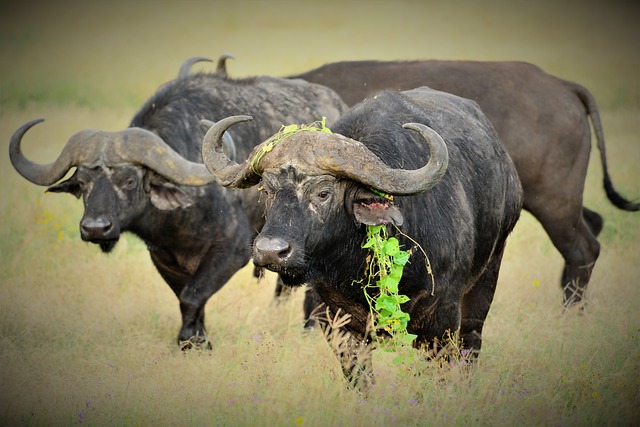
Lake Manyara National Park
About Lake Manyara National Park Lake Manyara National Park: A Jewel in Tanzania Lake Manyara National Park, nestled at the base of the Great Rift
Tarangire National Park, a lesser-known yet equally captivating destination in Tanzania’s northern safari circuit, offers an authentic and tranquil wildlife experience. Famous for its massive elephant herds and ancient baobab trees, Tarangire is a must-visit for nature enthusiasts seeking an off-the-beaten-path adventure.
Elephant Kingdom: Tarangire is renowned for its large elephant population, with herds of up to 300 elephants often seen along the park’s riverbanks. The Tarangire River, the park’s lifeline, attracts diverse wildlife during the dry season, creating a dynamic and bustling ecosystem.
Rich Wildlife Diversity: The park is home to an array of wildlife, including lions, leopards, cheetahs, and the elusive African wild dog. Bird watchers will be delighted with over 550 bird species, making Tarangire one of the top birding destinations in Tanzania. Notable species include the Kori bustard, the largest flying bird, and the strikingly colorful yellow-collared lovebird.
Unique Landscapes: Tarangire’s landscapes are characterized by rolling savannahs, acacia woodlands, and the iconic baobab trees, some of which are over a thousand years old. These ancient trees, often referred to as “upside-down trees,” add a mystical and picturesque element to the park’s scenery.
Seasonal Highlights: The dry season (June to October) is the best time to visit Tarangire, as wildlife congregates around the diminishing water sources, making game viewing more concentrated and spectacular. During the wet season (November to May), the park transforms into a lush, green paradise with abundant birdlife and the birth of many animals.
Cultural Experiences: Visitors to Tarangire can also engage with the local Maasai and Barabaig tribes, gaining insights into their traditional lifestyles and customs. Cultural tours offer a deeper understanding of the symbiotic relationship between the local communities and the wildlife.
Activities: In addition to traditional game drives, Tarangire offers unique activities such as guided walking safaris and night game drives, providing a different perspective on the park’s nocturnal creatures and the vibrant sounds of the African night.
Tarangire National Park, with its unparalleled elephant sightings, diverse wildlife, and stunning landscapes, is a hidden gem waiting to be explored. Its serene environment and unique attractions make it an essential stop on any Tanzanian safari itinerary.
The best time to visit Tarangire National Park is during the dry season, from June to October, when wildlife congregates around the Tarangire River, offering exceptional game viewing opportunities. However, the park can be visited year-round, with each season offering unique experiences, from lush green landscapes during the rainy season to vast herds of elephants in the dry season.

About Lake Manyara National Park Lake Manyara National Park: A Jewel in Tanzania Lake Manyara National Park, nestled at the base of the Great Rift

About Tarangire National Park Tarangire National Park: Tanzania’s Hidden Gem Tarangire National Park, a lesser-known yet equally captivating destination in Tanzania’s northern safari circuit, offers

About Ngorongoro Conservation Area Ngorongoro: Cradle of Wildlife and Ancient History The Ngorongoro Conservation Area, a UNESCO World Heritage Site in northern Tanzania, is one